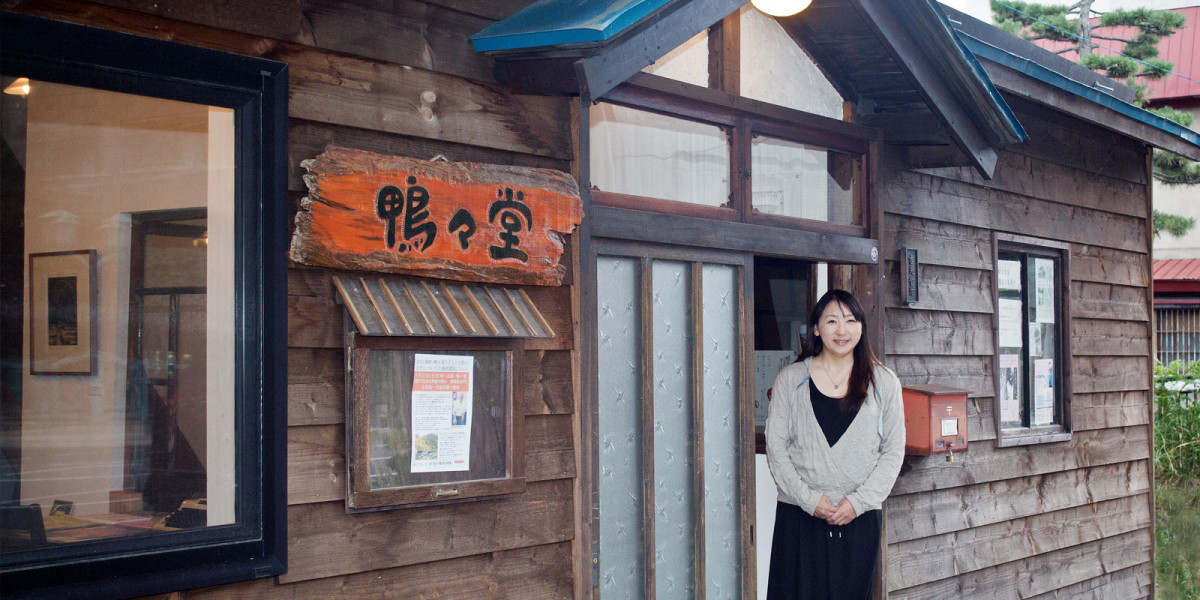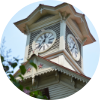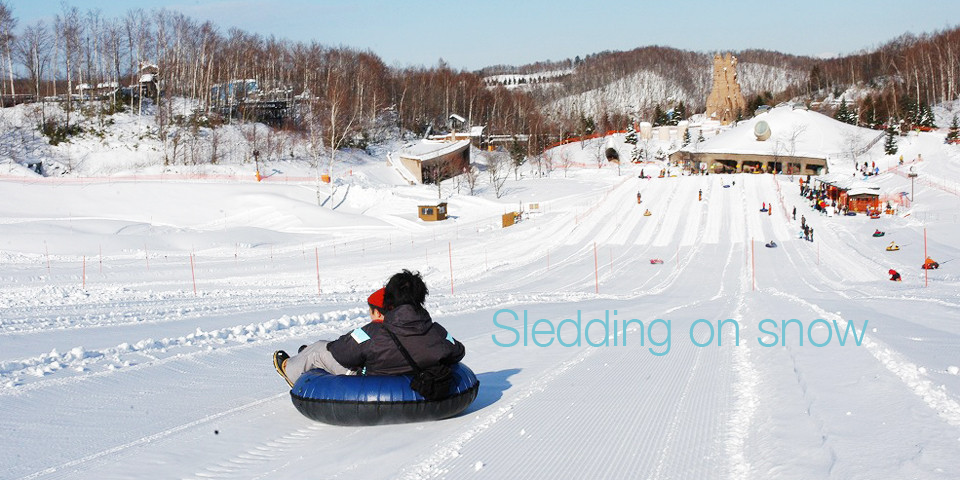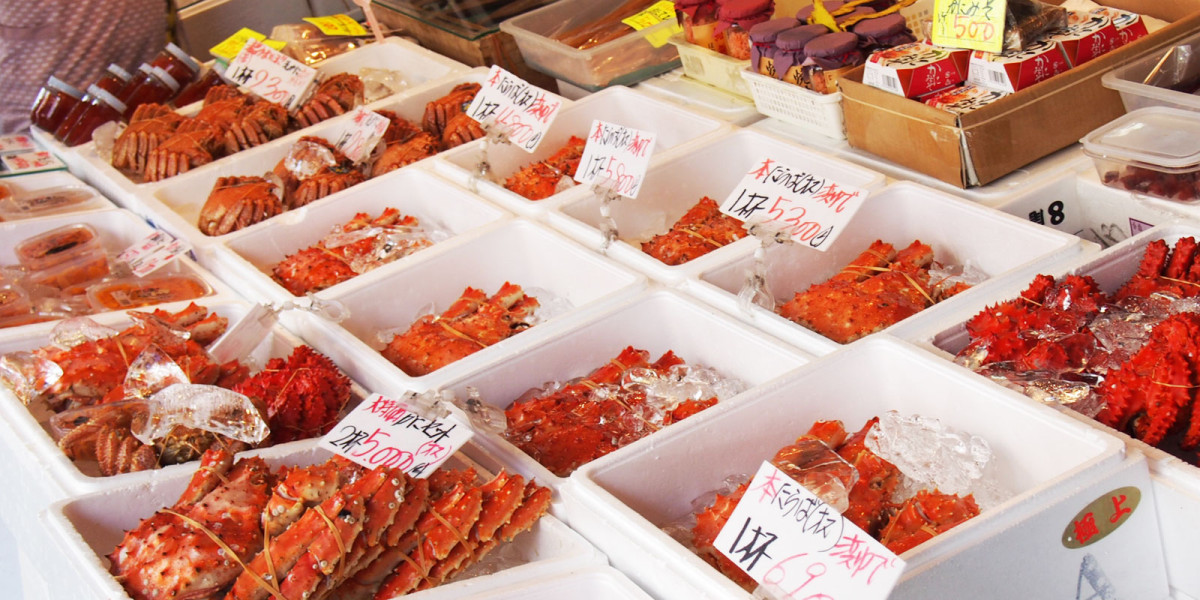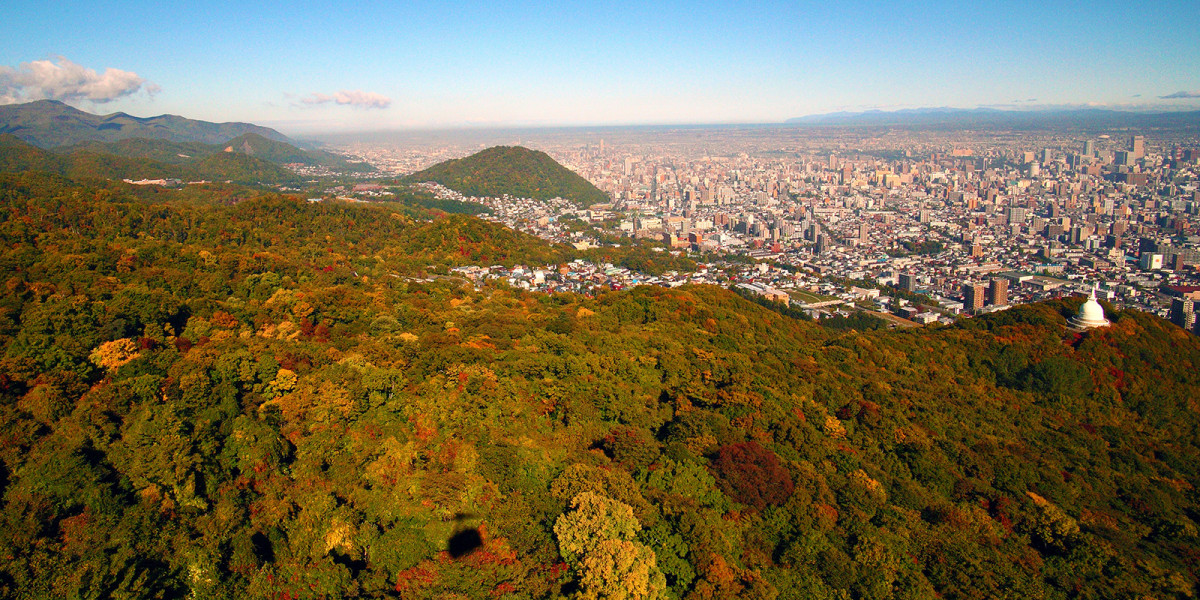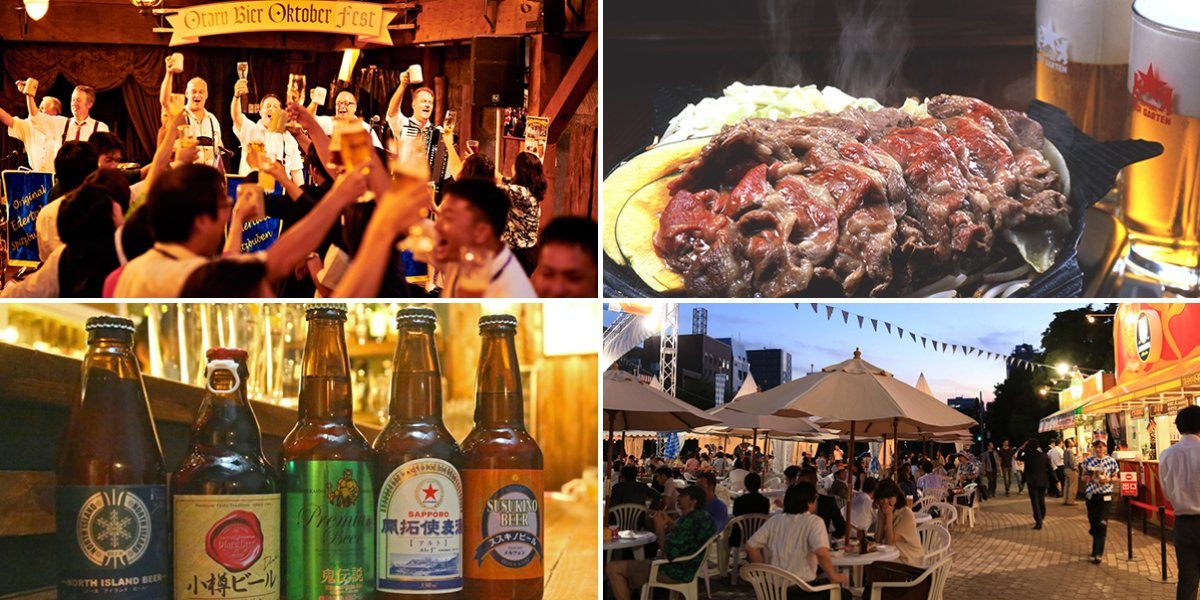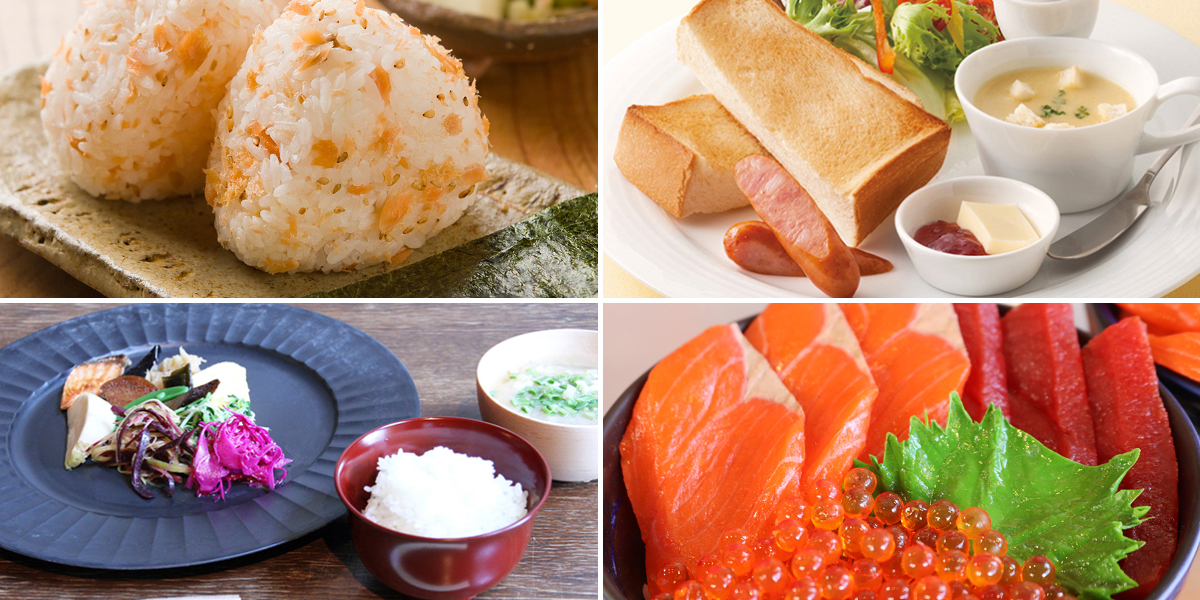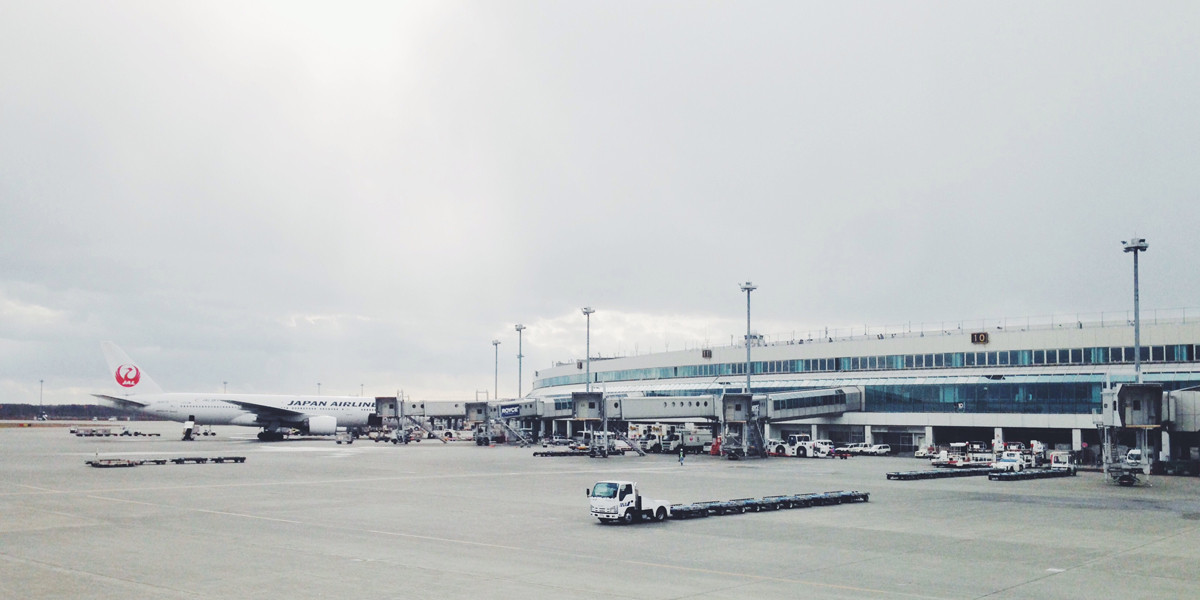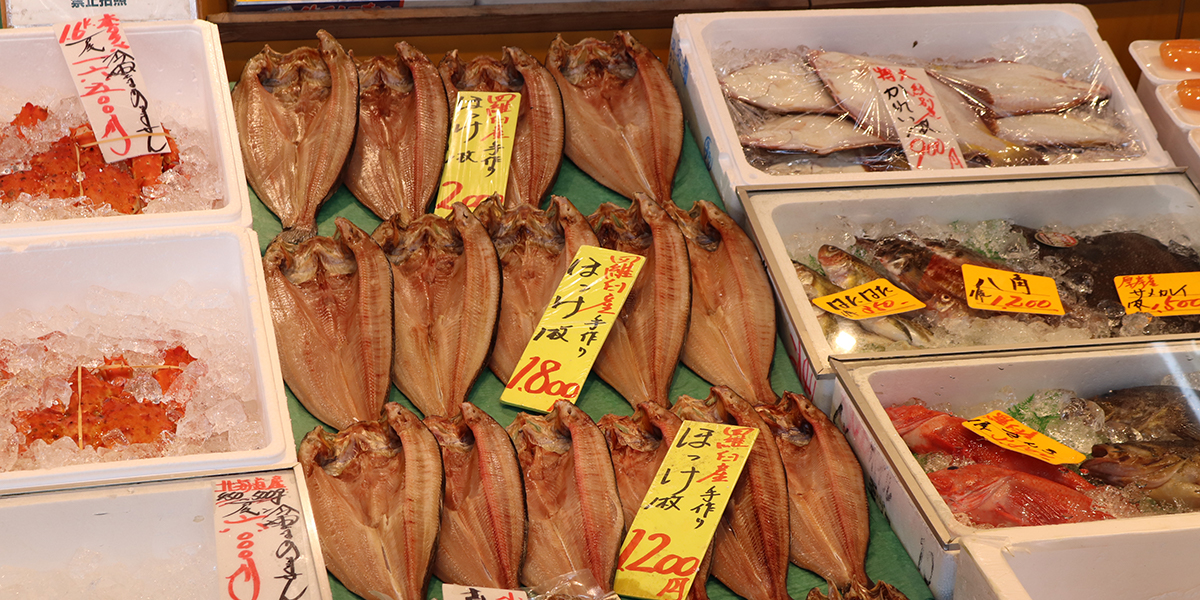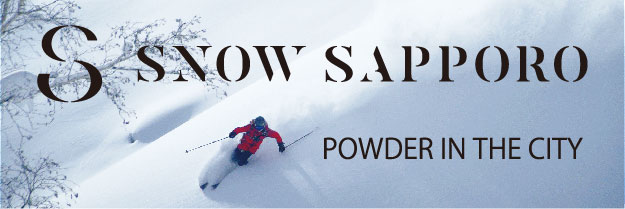Kamokamo River Nostalgia – A new form of Sapporo tourism
Kamokamo River Nostalgia Executive Committee Chair Ms. Keiko Ishikawa
Most people’s image of Susukino is a vibrant entertainment district, but Susukino is also home to six Buddhist temples that have earned it the nickname “temple town.” Kamokamo River Nostalgia, an event started in 2014, introduces visitors to Japanese culture using temples and Nakajima Park’s Japanese garden as its stage. We sat down with Ms. Keiko Ishikawa, the event’s Executive Committee Chair and owner of the Kominka Gallery Kamokamo-do located in a restored geisha house in Susukino, to talk about Kamokamo River Nostalgia and Sapporo’s history and culture as seen from the temple town of Susukino.
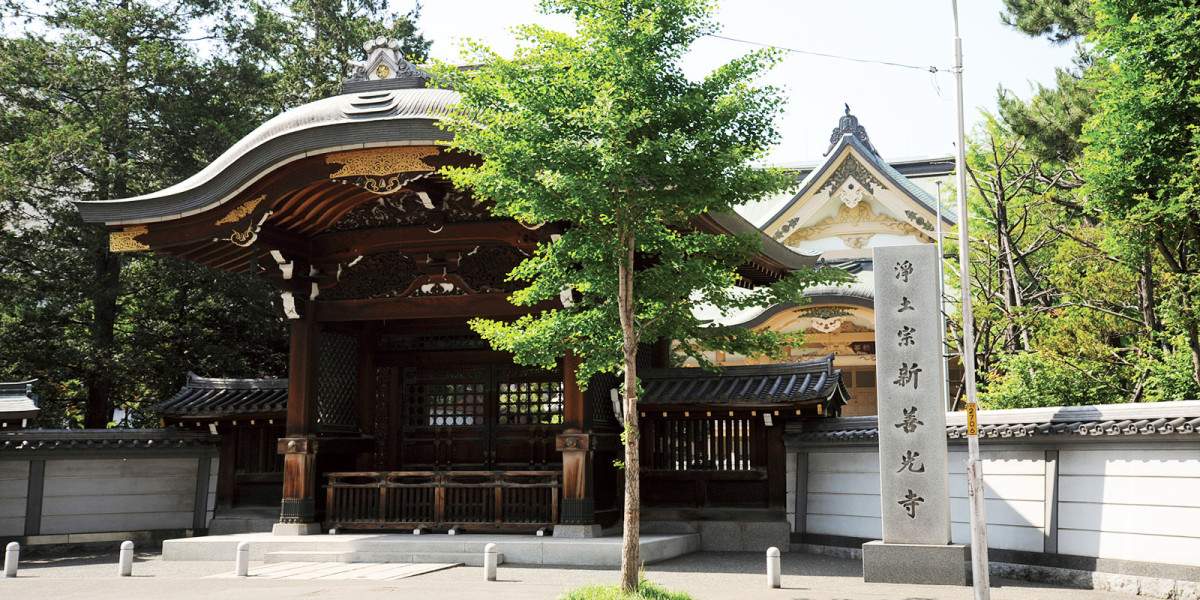
Kamokamo River Nostalgia – An event held at temples in Susukino and Nakajima Park’s Japanese garden
Kamokamo River Nostalgia is an event that began in 2014 through the joint efforts of temples, galleries, and hotels along the Kamokamo River, which flows from Nakajima Park to Susukino. Under the concept of enjoying a day in the temple town of Susukino, the three-day event features hands-on classes about the tea ceremony and Japanese papermaking, as well as a host of performances including Ainu music. There is also “Nariwai Village”, where traditional handcrafts and performance arts are showcased.
“The event is held at three venues: Shinzenkouji Temple, which houses wooden statues from the Heian period and Sapporo’s only Buddhist statue made of human ashes, Higashi Honganji Temple, which was established in Sapporo around the same time as the Hokkaido Development Commission, and the Japanese garden at Nakajima Park. The chance to wear kimono and stroll around the venues is also a draw. We offer a kimono rental and dressing service, so I hope a lot of people will take this opportunity to try this traditional wear. I also hope that tourists from other countries will enjoy the chance to learn about Japan’s culture and Sapporo’s history.”。
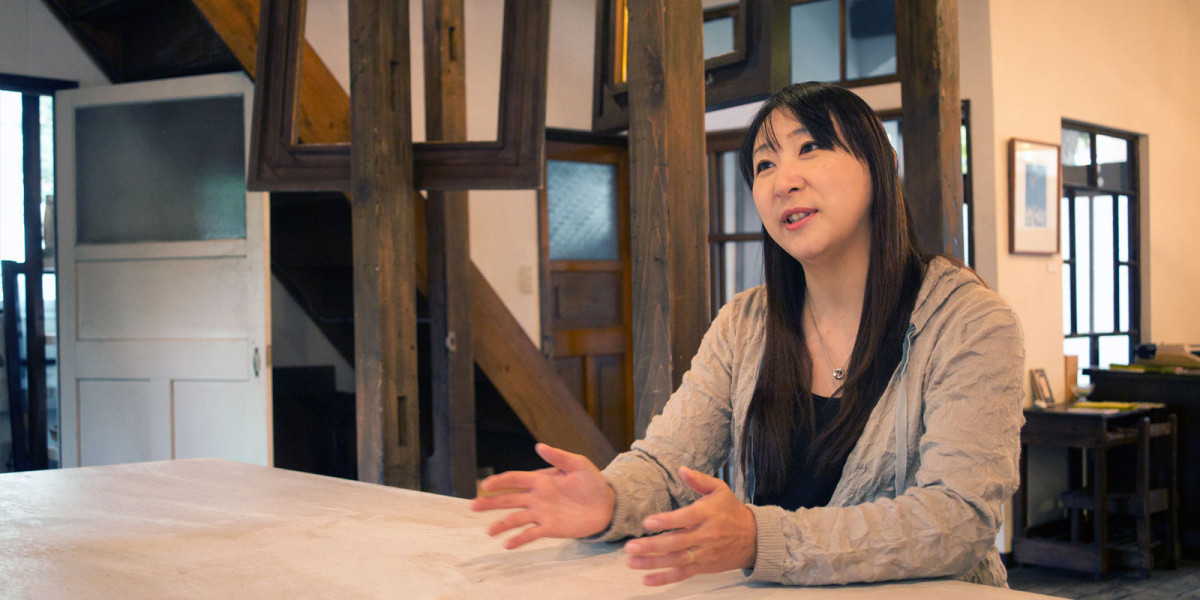
“Bocket”, a book showcasing Sapporo’s history and culture is published for the event
Kamokamo River Nostalgia also publishes an official guidebook called “Bocket” to coincide with the opening of the event. The first edition had a special feature that focused on the hidden history of Nakajima Park and the temples of Susukino, which created quite a buzz among the people of Sapporo.
“Bocket aims to uncover the history of the region through interviews with people living around the Kamokamo River. My interest in the history of the Kamokamo River area was sparked about 10 years ago when I volunteered to talk about the works at the Migishi Kotaro Museum of Art, Hokkaido. I learned that the Sapporo branch of Toyokawa Inari temple (Minami 7-jo Nishi 4-chome) to the south of the Susukino Market was the birthplace of Kotaro Migishi, and as I looked more into it, I found out that around 100 years ago Susukino was a district with many prosperous ryotei (Japanese restaurants) that offered private geisha entertainment, and daily life was centered around the temples. It is said that Sapporo has a shallow history because the city was created artificially by the Hokkaido Development Commission, but the oral history of the people living here actually shows a history with real depth. I hope to continue unearthing the hidden history and culture of the city in the future.”
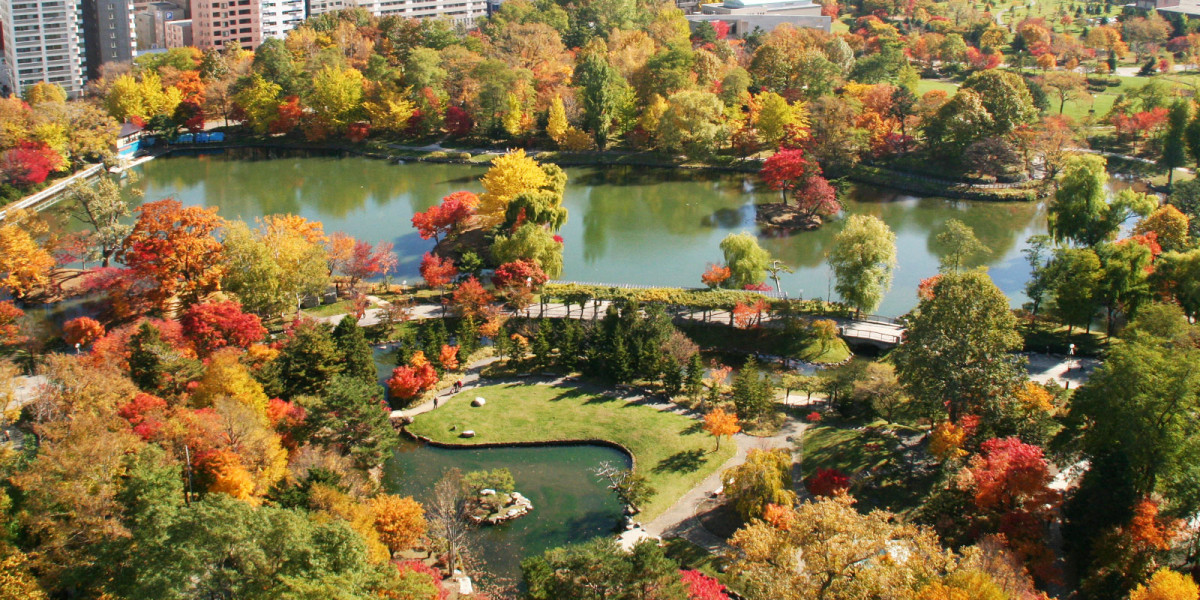
Guided tours of famous spots in and around Nakajima Park and Susukino now offered
From September 2015, we began offering guided tours of temples in Susukino and Nakajima Park mainly on Wednesdays and Saturdays because we wanted people to enjoy the Kamokamo River area not only during the event, but throughout the year as well. Anyone can join a guided tour for a small fee of 500 yen by applying in advance at the Sapporo Park Hotel (guided tours held until October 31, 2015).
“Through these tours, I hope that tourists visiting the city can enjoy another side of Susukino, besides its general image as an entertainment district. Even people living in Sapporo don’t really know about these temples in Susukino, so locals who have participated in the guided tours have noted that it felt like they were on a short getaway to a new place. We are thinking of including a workshop on sutra transcription or meditation with the guided tours offered in the winter. I hope these guided tours and Kamokamo River Nostalgia can become a new form of Sapporo tourism as an easy way to interact with Sapporo’s history and traditional culture.”
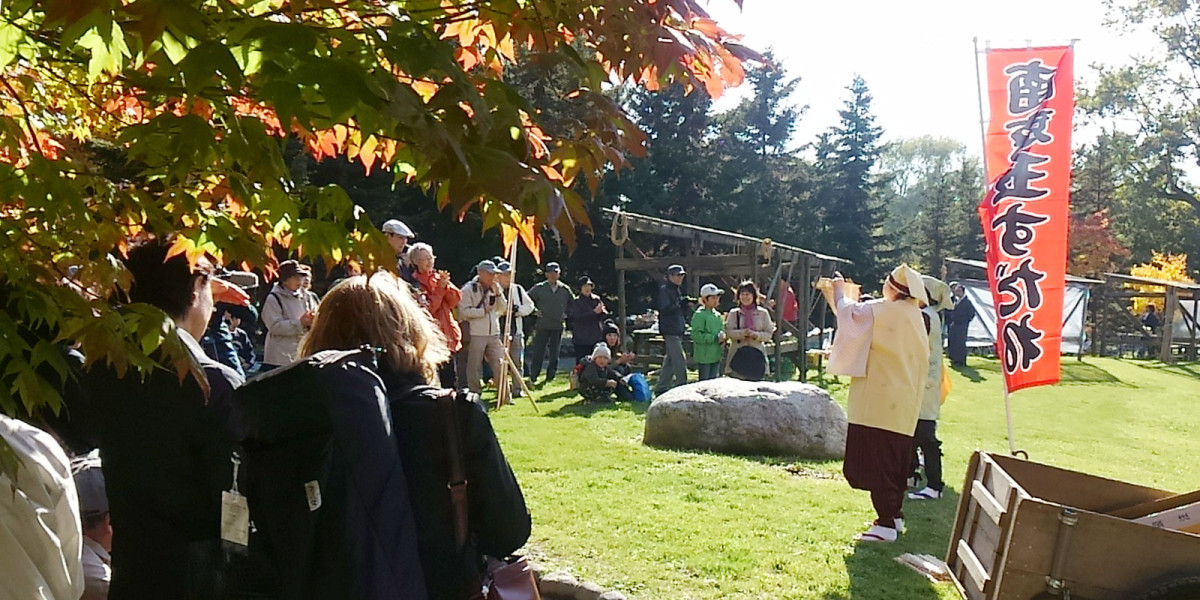
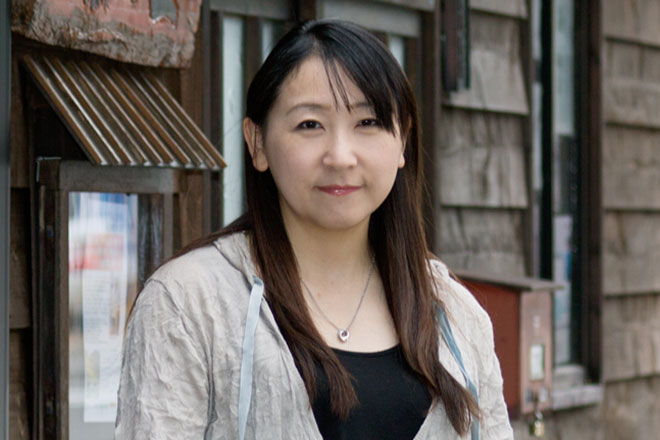
Keiko Ishikawa
Kamokamo River Nostalgia Executive Committee Chair Owner of the Kominka Gallery Kamokamo-do
Born in Sapporo in 1971, Ms. Ishikawa is a graduate of architectural engineering. Starting in November 2013, she began restoring an old geisha house located in one corner of Susukino, where she runs Kominka Gallery Kamokamo-do today. Ms. Ishikawa is involved in preserving old folk houses and recording the oral biographies of Sapporo’s history.
Kamokamo River Nostalgia http://kamokamogawa-nostalgia.net/

